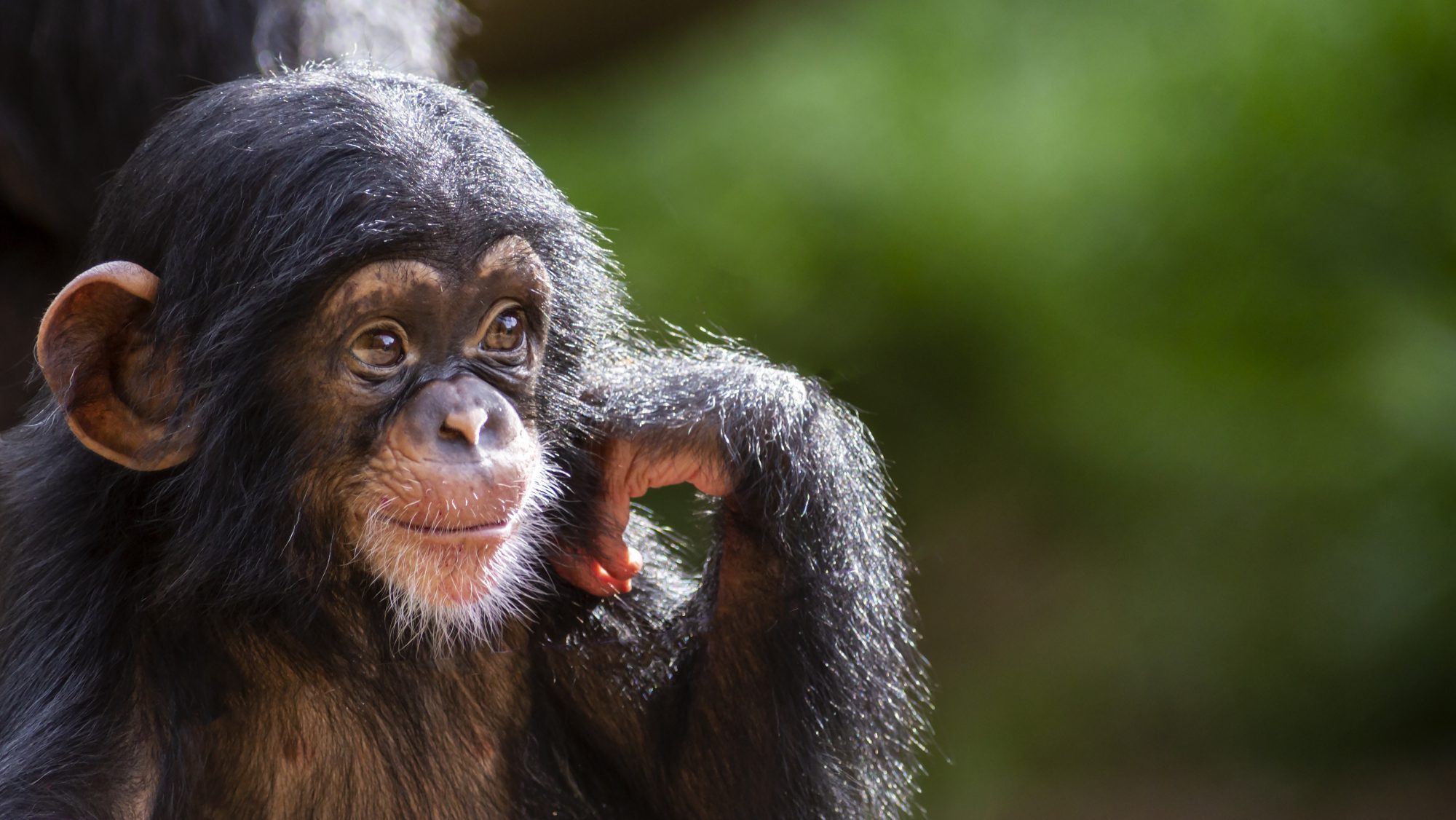
Primates are some of the most intriguing creatures on Earth. From the tiny mouse lemur to the mighty gorilla, these animals captivate our curiosity. Did you know that primates include not just monkeys and apes, but also humans? Yes, we share a common ancestry with these fascinating beings. Primates are known for their intelligence, social structures, and unique adaptations. They live in diverse habitats, from tropical rainforests to savannas. Their behaviors, diets, and even communication methods vary widely. Whether you're a budding biologist or just curious, learning about primates can be both fun and enlightening. Ready to dive into some amazing facts? Let's get started!
Fascinating World of Primates
Primates are an incredibly diverse group of mammals that include monkeys, apes, and humans. They exhibit a wide range of behaviors, adaptations, and characteristics that make them unique in the animal kingdom. Let's dive into some intriguing facts about these remarkable creatures.
Evolution and Classification
Understanding the evolution and classification of primates helps us appreciate their diversity and complexity.
- Primates first appeared around 55 million years ago.
- They are divided into two main groups: Strepsirrhines (lemurs and lorises) and Haplorhines (tarsiers, monkeys, and apes).
- Humans belong to the family Hominidae, which also includes great apes like chimpanzees, gorillas, and orangutans.
- The smallest primate is the mouse lemur, weighing just 30 grams.
- The largest primate is the eastern gorilla, which can weigh up to 220 kilograms.
Unique Physical Traits
Primates have evolved various physical traits that help them survive and thrive in their environments.
- Most primates have opposable thumbs, allowing them to grasp objects and use tools.
- Their forward-facing eyes provide excellent depth perception, crucial for navigating through trees.
- Many primates have color vision, which helps them identify ripe fruits and young leaves.
- Primates typically have large brains relative to their body size, enabling complex behaviors and social interactions.
- Some primates, like gibbons, have elongated arms adapted for brachiation (swinging from branch to branch).
Social Structures and Behaviors
Primates are known for their complex social structures and behaviors, which vary widely among species.
- Chimpanzees live in communities of up to 150 individuals, with intricate social hierarchies.
- Bonobos are known for their peaceful and cooperative social interactions, often using grooming and play to resolve conflicts.
- Gorillas live in family groups led by a dominant male called a silverback.
- Capuchin monkeys use tools, such as stones, to crack open nuts.
- Lemurs engage in "stink fights," where they rub their tails with scent glands and wave them at rivals.
Communication and Intelligence
Primates exhibit a wide range of communication methods and display remarkable intelligence.
- Vervet monkeys have specific alarm calls for different predators, such as leopards, eagles, and snakes.
- Orangutans can learn to use sign language and even create simple tools.
- Japanese macaques have been observed washing sweet potatoes in water before eating them.
- Chimpanzees use facial expressions, vocalizations, and gestures to communicate with each other.
- Some primates, like the bonobo, can recognize themselves in mirrors, indicating self-awareness.
Diet and Feeding Habits
Primates have diverse diets and feeding habits, often adapted to their specific environments.
- Many primates are omnivorous, eating a mix of fruits, leaves, insects, and small animals.
- Colobus monkeys have specialized stomachs to digest tough leaves and unripe fruits.
- Tarsiers are unique among primates for being entirely carnivorous, feeding on insects and small vertebrates.
- Howler monkeys have a specialized hyoid bone that allows them to produce loud calls, which help them defend their feeding territories.
- Some primates, like the aye-aye, use their elongated middle finger to extract insects from tree bark.
Conservation and Threats
Primates face numerous threats in the wild, and many species are at risk of extinction.
- Habitat destruction, primarily due to deforestation, is the leading threat to primate populations.
- Illegal hunting and the bushmeat trade also pose significant risks to primates.
- The pet trade has led to the capture and sale of many primates, further endangering wild populations.
- Climate change is altering the habitats and food sources of many primate species.
- Conservation efforts, such as protected areas and breeding programs, are crucial for the survival of endangered primates.
Interesting Facts
Here are some additional fascinating tidbits about primates that highlight their diversity and uniqueness.
- The proboscis monkey has a large, pendulous nose that is thought to attract mates.
- The golden snub-nosed monkey lives in some of the coldest environments of any non-human primate.
- The pygmy marmoset, the world's smallest monkey, can rotate its head 180 degrees.
- The slow loris has a toxic bite, a rare trait among mammals.
- The gelada baboon is the only primate that primarily feeds on grass.
Human-Primate Connections
Humans share many traits and behaviors with other primates, reflecting our close evolutionary relationships.
- Humans and chimpanzees share about 98-99% of their DNA.
- Both humans and primates use tools, though humans have developed more complex technologies.
- Many primates exhibit behaviors that were once thought to be uniquely human, such as empathy, cooperation, and problem-solving.
- The study of primates has provided valuable insights into human evolution, behavior, and social structures.
- Conservation of primates is not only crucial for their survival but also for maintaining the biodiversity and health of ecosystems they inhabit.
Final Thoughts on Primates
Primates are fascinating creatures with unique traits and behaviors. From their complex social structures to their impressive cognitive abilities, these animals never cease to amaze. Understanding primates helps us learn more about our own species, given our shared evolutionary history. They play crucial roles in their ecosystems, acting as seed dispersers and maintaining forest health. Conservation efforts are vital to protect these incredible animals from threats like habitat loss and poaching. By supporting conservation programs and spreading awareness, we can help ensure that primates continue to thrive in the wild. So next time you visit a zoo or watch a nature documentary, take a moment to appreciate the incredible world of primates. They’re not just our closest relatives in the animal kingdom; they’re also key players in the story of life on Earth.
Was this page helpful?
Our commitment to delivering trustworthy and engaging content is at the heart of what we do. Each fact on our site is contributed by real users like you, bringing a wealth of diverse insights and information. To ensure the highest standards of accuracy and reliability, our dedicated editors meticulously review each submission. This process guarantees that the facts we share are not only fascinating but also credible. Trust in our commitment to quality and authenticity as you explore and learn with us.


